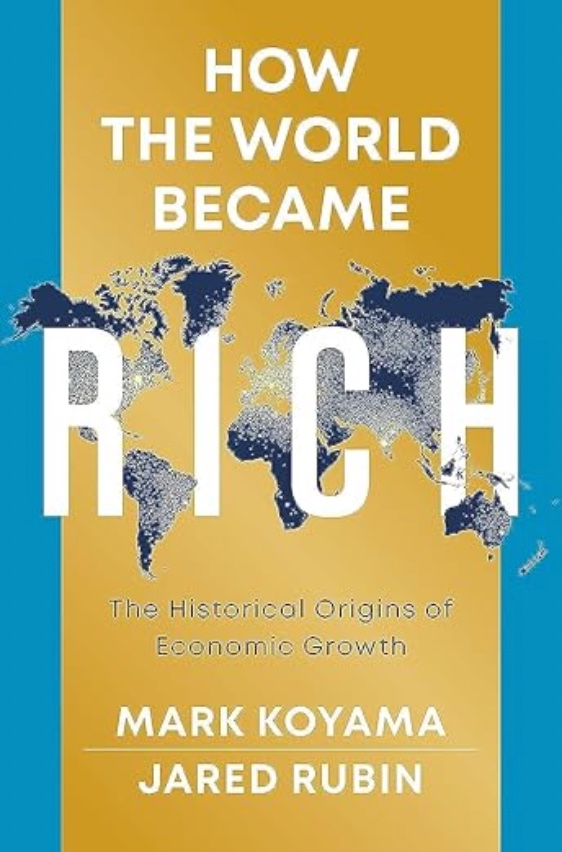
How the World Became Rich
Economic growth is the defining feature of modern civilisation, and the fact that it isn’t uniformly distributed across the globe is one of the greatest tragedies. Unsurprisingly, my childhood bookshelf was filled with books about growth and development.
Each had its own unique angle and approach. While Diamond and Mokyr fought over the big history questions of geography vs culture, Easterly and Collier looked at how aid interacted with the local political economy, and Acemoglu, Johnson and Robinson honed in on the role of institutions.
Meanwhile, Duflo and Banerjee built the new empirical toolkit in development economics, and Dell and Nunn would apply that toolkit in their work on longer term growth trends.
However, no book has ever unified all the disparate strands of the literature. That’s what Koyama and Rubin have achieved in How the World Became Rich. The first half of the book is a survey of the growth theories, while the second half applies them to explaining the divergence in income across countries.
In doing so, they cover the two questions that haunt growth economists: why did some countries become rich and others poor, and why do some countries remain poor?